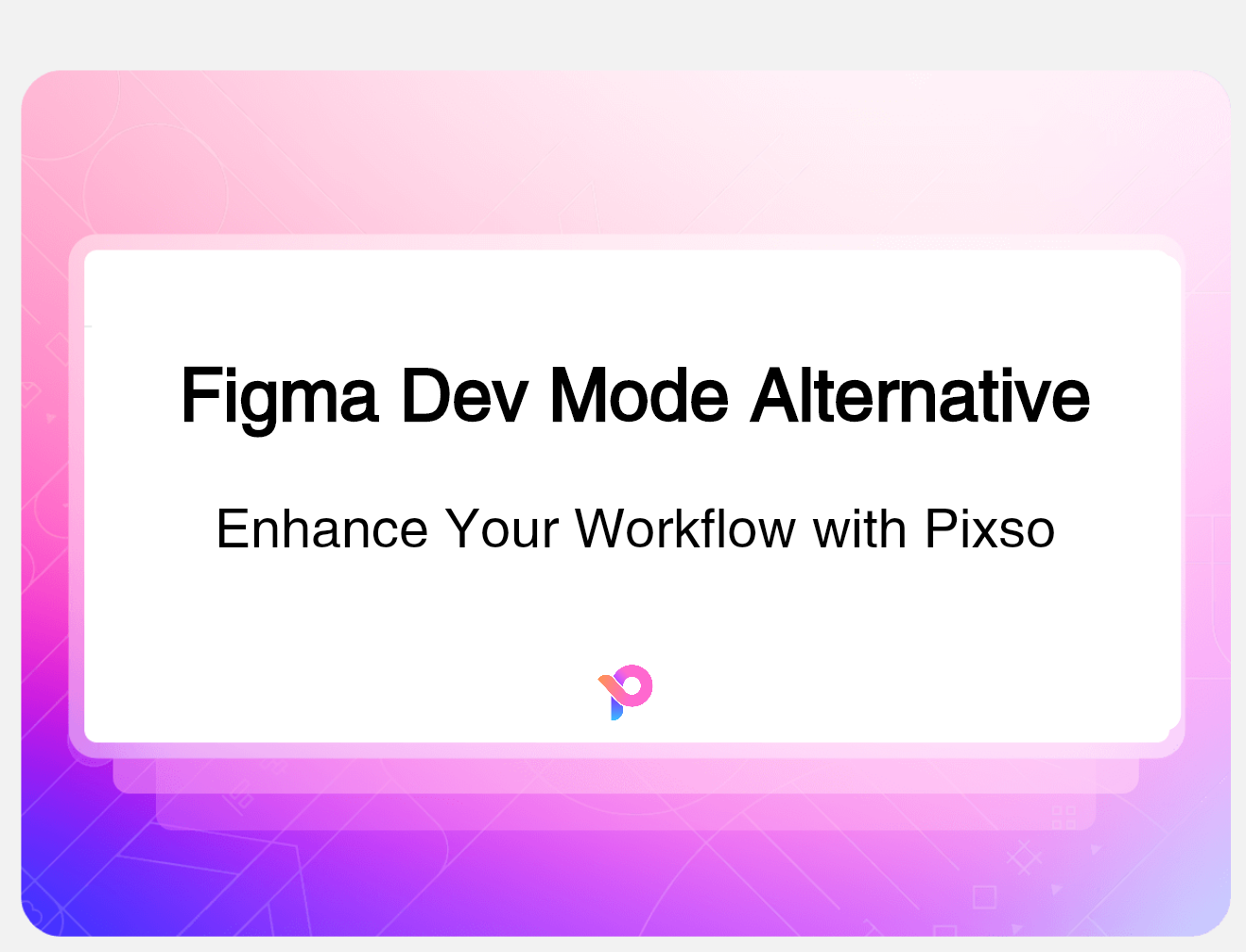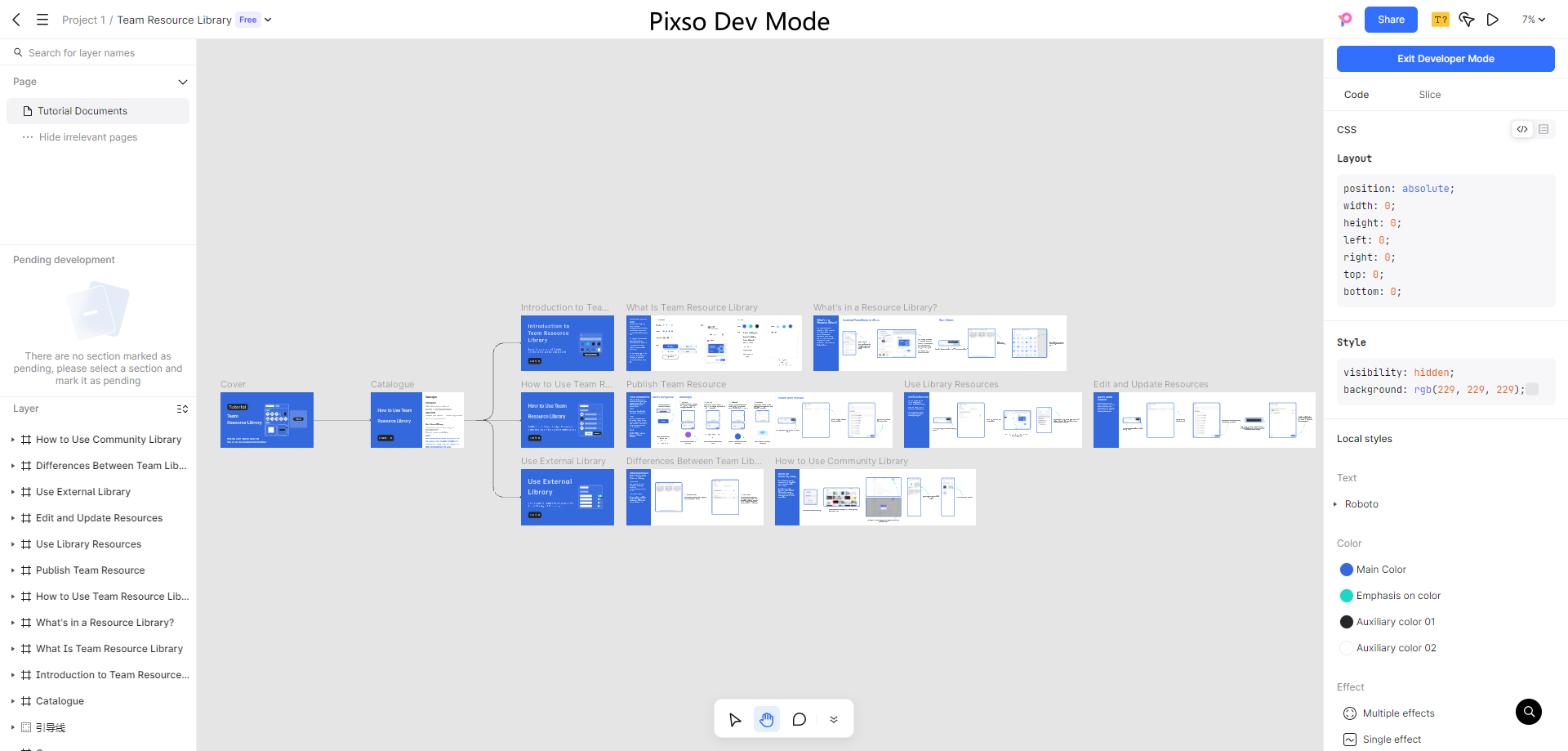A smooth design workflow is what makes every UI design project feel effortless and creative. Whether you’re working on web interfaces, apps, or digital experiences, mastering the right balance between UI and UX design is what brings your ideas to life. Today’s UI UX design process isn’t just about visuals—it’s about flow, usability, and collaboration. With the help of modern UI design tools, designers can move from rough concepts to refined interfaces that deliver seamless UX design results, without the friction that slows teams down.

Part 1. Why a Fluent Design Workflow Matters
A seamless design process is essential for all modern designers. Slow software can make even the most basic UI design tasks torture, while crashes and freezes can grind everything to a halt. Most designers encounter these problems daily when working with intricate components, high-res images, or advanced prototypes.
Pixso 2.0 eradicates such nuisance elements entirely. With reduced memory consumption, quicker file opening, and better component instance linking, Pixso ensures that every element of your UI and UX design flow is perfect. Designers can now spare the trouble of solving technicalities and instead focus on creativity, thereby improving output quality as well as team efficiency.
These performance improvements are reflective of the vision for having a UI design tool that's user experience-centered and also serves professional UX design workflows.
Part 2. Performance Improvements: Speed Up Your Design Workflow
Performance is the essence of a streamlined design workflow. In Pixso 2.0, several major improvements greatly improve speed and responsiveness to such an extent that designers don't feel any lag while working even on largest projects.
Better File Opening
The most noticeable improvement in Pixso 2.0 is the opening speed of large design files. Opening has been cut by an average of 50% compared to version 1.0 even for hundreds of component files.
This speeding up allows the designer to access big UI and UX design projects in an instant. Opening a big component library or reviewing a high-fidelity prototype, your design momentum never ceases. Your team will be able to work more effectively too, as each member can instantly open the same project without waiting for long loading times.
Less Memory Consumption
Apart from faster opening of files, Pixso 2.0 is designed to use 40% less memory than the earlier version to open the same file. This enables designers to open bigger files without slowing down or crashing.
For UI designers dealing with complex UI design projects, this is a godsend. You can open multiple files simultaneously, compare designs side by side, or loop on high-fidelity mocks without interruption. With reduced memory usage, Pixso speeds up UI/UX design and makes it more dependable on teams and platforms.
Improved Component Instance Linking
Component instances are the building blocks of big UI and UX design systems. The integration and coherence among component instances in Pixso 2.0 have been enhanced significantly.
That is, all instances are updated quicker and more reliably when you modify a master component. Designers no longer have to sit in suspense as hundreds of instances of the component are updated within a single file. The sped-up instance linking speeds up collaboration and design uniformity across large UI/UX design projects.
Better Rendering Mode (Outline Mode)
Pixso 2.0's new Outline Mode makes it possible for designers to view projects in a skeletal wireframe mode. The mode is ideal for checking layouts, identifying alignment issues, and viewing element hierarchy without having to look at anything else.
Outline and normal toggling is now much faster and smoother, even on big files. Designers can quickly review elements without waiting for the tool to render all the details, streamlining their UI design process and enabling them to iterate on prototypes more rapidly.
Part 3. Stability Improvements: Design Fearlessly
No matter how fast a UI design tool is, stability is equally important. Crashes, frozen pages, and rendering issues are likely to break the pace of design and leave teams wasting productive time. Pixso 2.0 addresses all these concerns with dedicated stability improvement.
Better Crash and Unresponsive Management
Pixso has also improved file irresponsiveness or crashes caused by low memory more. There are fewer crashes, less page freezing, and screen issues like screen tearing that users feel less of.
These are especially crucial for designers working on large-scale UI and UX design projects. These allow even complex workflows to be interference-free so that teams can focus on creative work rather than technical debugging.
Lower Failure and Crash Rates
Aside from enhanced responsiveness, the frequency of crashes and failures in general in Pixso 2.0 has been significantly reduced. Random rebooting is a relic of the past, allowing designers to have confidence leaving long sessions and demanding projects to the tool.
Such stability simplifies professional design workflow, with teams being able to have confidence that their work is safe and recoverable even when dealing with the most demanding UX design files.
Stability Drives Creativity
A stable UI/UX design tool supports creative freedom straight away. By reducing technical distractions, Pixso enables designers to have their ideas in mind full-time, playing with layout, type, and component interaction with no fear of lost work.
Stable software enables a more efficient design process, which enables teams to ship high-quality UI design projects quicker and more reliably.
Part 4. Fluent Collaboration: Performance Meets Teamwork
Not only are high stability and performance beneficial to individual designers, but also for collaboration in teams. Pixso 2.0 allows multiple designers to work on the same file in real-time without delay or interference.
Enhanced component linking, sped-up rendering, and reduced memory usage enable big teams to sync and update designs effortlessly throughout. From creating a collaborative UI/UX design system to reviewing prototypes on distributed teams, Pixso enables unbroken, smooth design workflows with everyone on the same page.
This fusion of speed and stability provides time for designers to focus on iteration and innovation rather than debugging and turns Pixso into a shared creative space.
Part 5. Why Pixso 2.0 Performance Matters to Modern UI/UX Design
Modern UI and UX work demands tools capable of handling scale, complexity, and collaboration requirements. With Pixso 2.0, designers now have an optimized tool that is not only faster and more stable but also built for real-world workflows.
The optimizations for memory performance, file opening time, and component linking allow designers to easily work on complex UI design systems, multi-component prototypes, and high-fidelity UX design projects. The optimizations are especially useful for teams using UI design tools in a professional environment where time and accuracy are of the essence.
By bringing all of these things together in one platform, Pixso 2.0 allows the design process not just to function, but to function smoothly. This allows teams to focus on creativity, iteration, and producing incredible user experiences.
Conclusion
With its latest performance and stability enhancements, Pixso 2.0 revolutionizes designers' workflows to UI and UX design. Faster opening of files, reduced memory usage, improved connectivity of components, and optimized rendering modes all contribute to a smoother design experience.
These performance enhancements make Pixso not only a reliable tool for UI design but also an inspiration for creativity. Designers can now focus on ideation, prototyping, and teamwork without the constraint of technical limitations.
From managing huge projects, to teamwork, to designing complex UX design systems, Pixso 2.0 gives you a smooth, reliable, and productive UI/UX designing process, really bringing you more surprises and less hassle.
Give Pixso a try today, and see how a streamlined design workflow can revolutionize the way you design.






